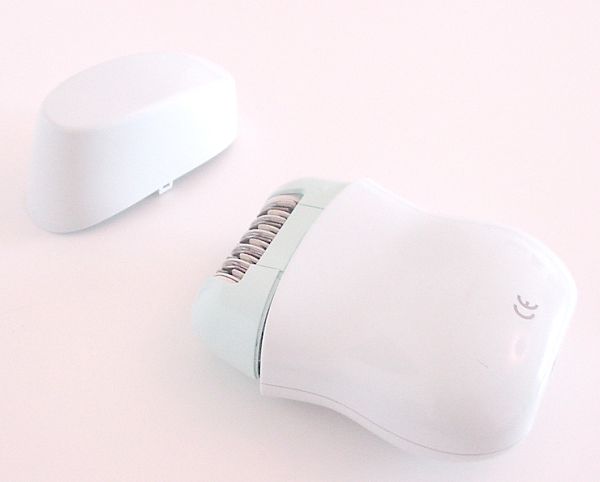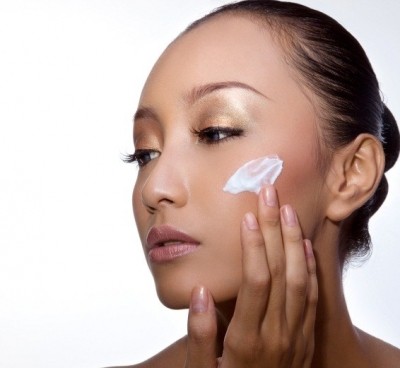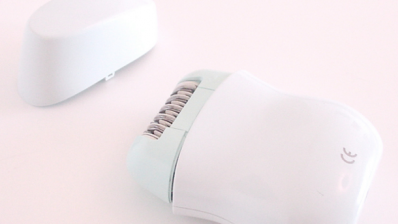At-home skin care devices show huge growth potential in 2013

According to research firm Kline’s latest report, double-digit growth in the market across the globe is only the beginning for a segment ready to take off.
Motivation
"Convenience and a certain economic rationalism are motivating consumers to bring home the beauty experience traditionally provided by estheticians or physicians," says Karen Doskow, Consumer Products industry manager.
“It's a large and growing phenomenon, with at-home beauty devices offering multiple benefits a notable driving force.”
In Europe the market is being shaped by regional brands, such as the leader in permanent hair removal, Lumea, by the Dutch-based Phillips, and the anti-ageing device SQOOM by Germany's Schick Medical.
The US retains its global market share lead with growth nearing 20 per cent in 2012, driven by new product launches from existing marketers.
Asia calling
Yet it is in Asia where the real success is coming, as the Chinese market boasts nearly a 100 per cent increase in 2012, and Doskow says his is because in Asia truly multi-functional devices will become the norm rather than the exception.
The Chinese market's extraordinary gain is partly attributed to the aggressive growth of market leader Nu Skin, as well as the entry of Procter & Gamble's Olay Pro-X and SKG in China; although with the market still in its infancy, this is also a key factor.
Beyond China, with its anti-ageing device Galvanic Spa, Nu Skin dominates one-third of the South Korean market.
“The Asian market in particular is still essentially nascent, and many multinational companies are only now entering the market,” continues Doskow.
“Yet Asian OEMs are already serving the global market through parts manufacturing or producing private-label products for other companies, such as South Korea's Lotts manufactures devices for the Schick Medical's German SQOOM device."
Differing success
Doskow says that although many major international brands operate pan regionally, overall brand success differs from region to region.
While Nu Skin leads the market in China and South Korea, seven of the top ten brands in China are local in nature.
In South Korea, second place is held by local Lotts with over 13% of domestic market share. Japanese brands Ke-Non, Ya-Man, and ReFa are claiming just about one-third of the market share in Japan.














